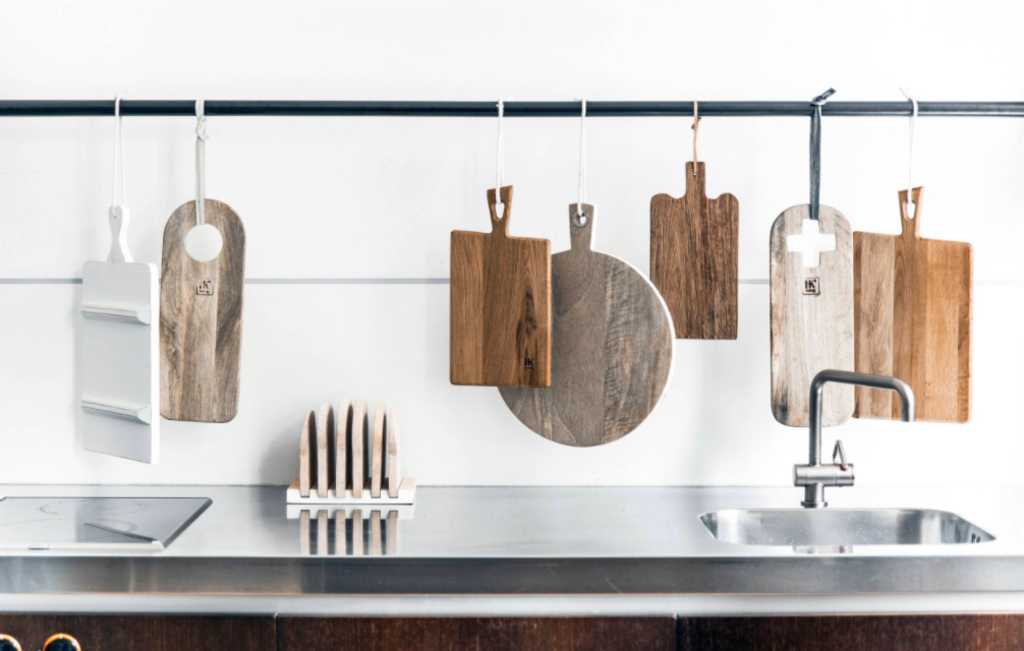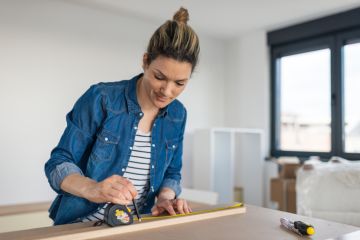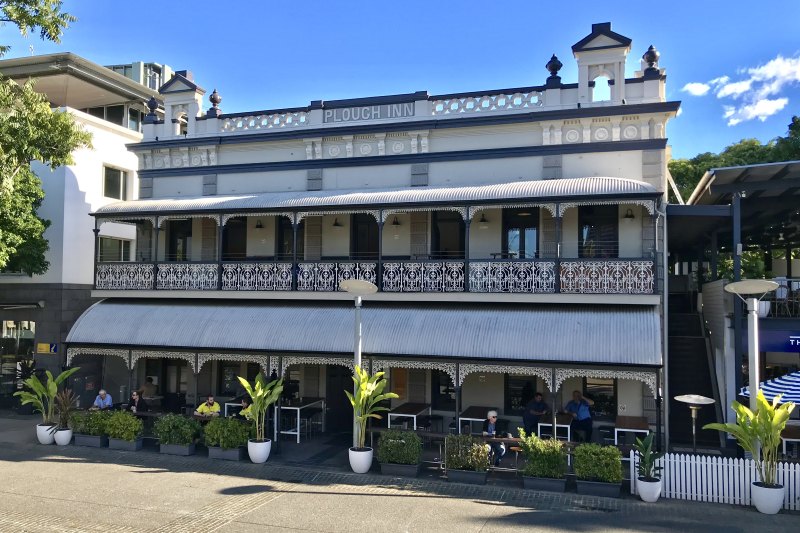Expert tips for choosing the perfect chopping board

Shopping for a new chopping board is harder than you might think. Which is the most hygienic? The greenest? Which can you toss straight in the dishwasher? Amy Bott, spokesperson for kitchen firm Minimax, reveals all you need to know about choosing and caring for this kitchen essential.

What are the main types?
Chopping boards come in wood, bamboo, plastic, glass, marble and slate. Our most popular boards are plastic, bamboo and acacia (a type of hardwood).

Pros and cons of each
Wood: These boards look beautiful on your benchtop and will last a long time if properly maintained with regular oiling. Wooden boards are the best cutting surface for your knives, as they’ll absorb most of the impact from the blades without dulling them. Hardwoods such as acacia, teak and oak are naturally anti-microbial, so they’re less likely to harbour bacteria than other materials.
Plastic: Hard plastic boards might look smarter than soft ones, but they will be harder on your knives. Plastic is easier to sanitise than wood, as it can be cleaned in the dishwasher. If eco-cred is a priority for you, there are now some fantastic recycled, environmentally friendly poly boards on the market.
Bamboo: This timber-like product is slightly harder on knives than wood, but the surface is also less likely to get scratched. Bamboo is a renewable material so these boards are eco-friendly, as well as being naturally anti-microbial and, if dried well after every use, long-lasting.
Glass, marble and slate: These will all blunt your knives, so use for serving only.

How to wash them
Wood: Handwash in hot, soapy water immediately after use and air dry completely before storing.
Plastic and glass: Dishwasher-safe. Handwashing in hot water might not be enough to eliminate some bacteria on plastic boards.
Is it safe to cut meat on timber boards?
Hardwoods such as acacia, teak and oak are the least porous types of wood, and are less likely to harbour water and bacteria. If you maintain your wooden boards with regular oiling, they will naturally repel moisture, which makes them safe for cutting meat. Just be sure to wash thoroughly in hot soapy water and completely dry before you store them.
However, it can be safer to cut raw chicken on a less-porous board such as plastic, to minimise the risk of salmonella poisoning if timber boards are not properly sanitised.

How do you maintain timber and bamboo boards?
To lengthen the life of wood and bamboo boards, prep before use by coating in a protective oil such as MasterPro Revitalising Mineral Oil (do not use olive oil as it can get rancid). Pour a generous amount on the board and rub in with a tea towel. Let it soak in for a few minutes and repeat. You should then only need to re-oil your board every three or four months.
The easiest way to tell if your board needs re-oiling is to sprinkle a small amount of water on it. If the droplets sit on top of the board it is still seasoned. If the water seeps into the wood, it’s time to re-oil.

How should you store chopping boards?
Make sure boards are bone dry and then store upright. This will prevent moisture build-up.

How can you tell when it’s time to replace them?
How long a board lasts is dependent on how often it is used and how well it is maintained. Plastic boards should be replaced once they get heavily knife-marked, as there’s a chance the grooves can harbour bacteria. Bamboo and wooden boards should be replaced once they get a bit fuzzy.
If there are grooves in your quality hardwood board, but it’s otherwise in good condition, sand it back and re-coat with a board oil.
What’s good to remember when you’re shopping?
Chopping boards come in myriad sizes. Before you buy, measure the space where your new board will be kept to make sure you get the right size. Also consider weight – you’ll want to be able to carry the board around comfortably.
We recommend
States
Capital Cities
Capital Cities - Rentals
Popular Areas
Allhomes
More







